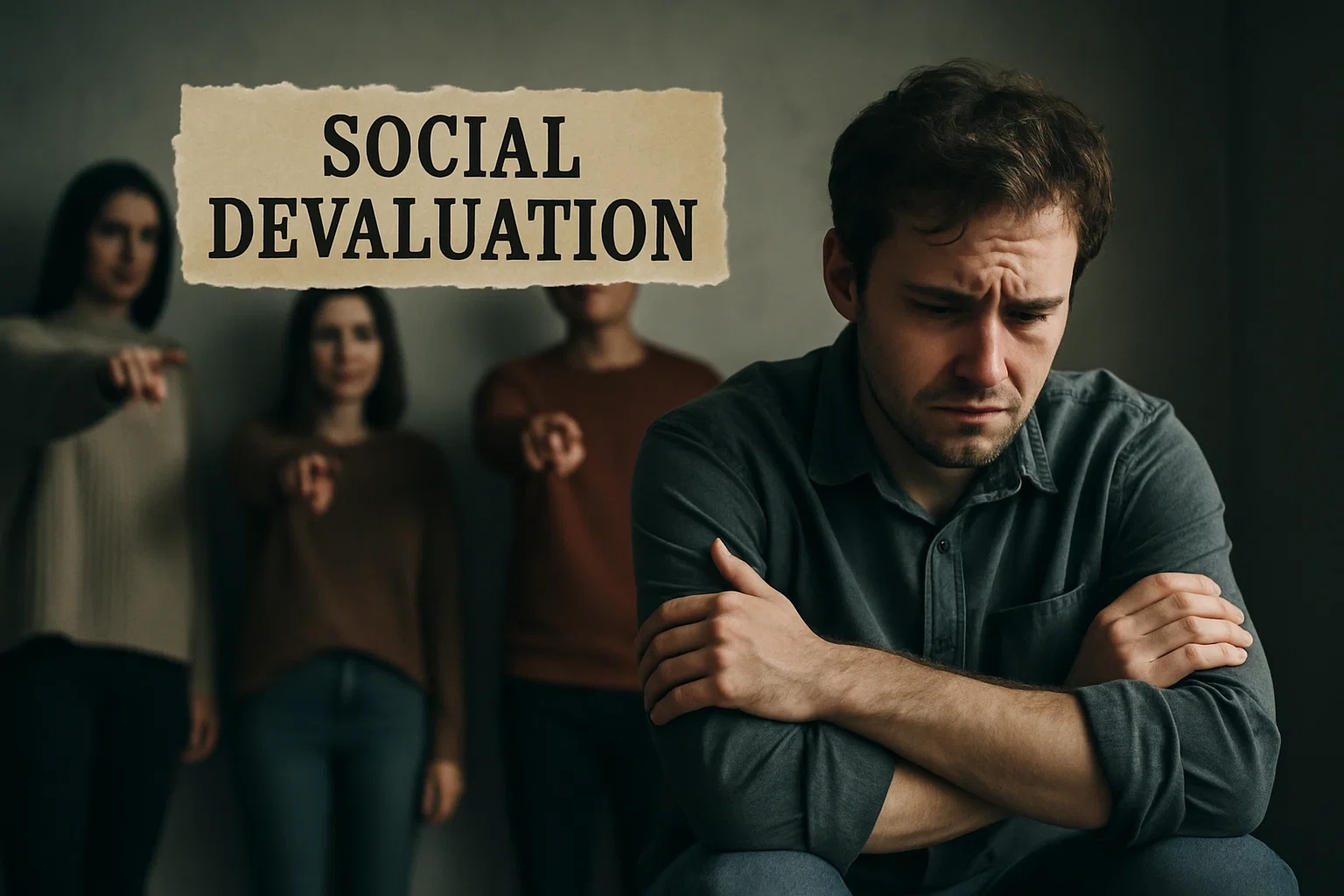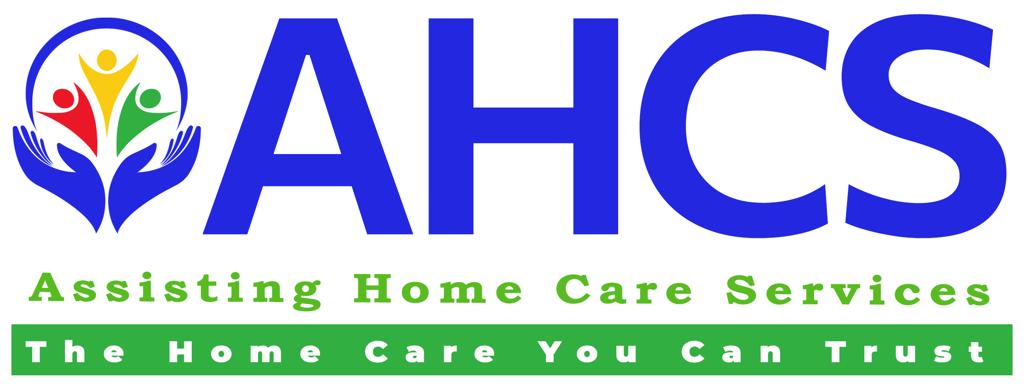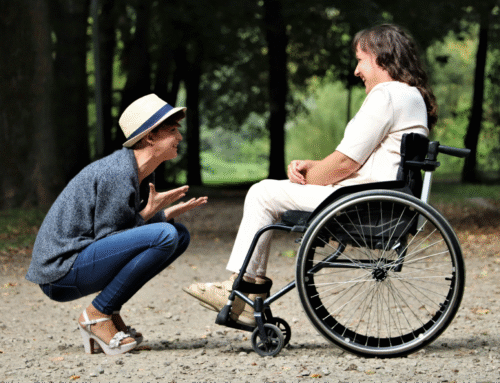
Social Devaluation and its Impact on People with Disabilities
As humans, we often relate our worth to many things: our place in society, the value we offer in other people’s lives and our social characteristics. Such characterisation often leads to a phenomenon known as social devaluation, which often leads to degradation of an individual or a group of people on parameters that matter to society.
While in most cases, such bifurcation of individuals or groups may seem harmless, people with mental or intellectual disabilities are often vulnerable to the negative impacts of social devaluation.
But is the impact of social devaluation as a prevalent environmental barrier limited to treating people with mental or intellectual disabilities differently, or is there a more profound impact that goes unnoticed? Let’s find out.
What Does Social Devaluation Mean?
Social devaluation is a systematic belief system that a certain group of people or individuals are less valuable than others. It can stem from various factors, including, but not limited to, physical, mental, or intellectual disabilities, age, race, or even position in society.
Examples of Social Stigmas That Stem from Social Devaluation
Actively implemented social devaluation standards give rise to social stigmas that further add to the challenges devalued people often face. Here are some examples:
Mental Illness
People with mental illnesses are often treated differently because of social stigmas surrounding these disorders. However, the mental well-being of every individual is essential, and fostering compassion and developing more support systems is encouraged to create an inclusive environment.
Physical Disabilities
Speech and hearing impairments, obesity, HIV infection/AIDS, mobility impairments, cancer and learning disabilities can cause issues with functioning, mobility, dexterity, or stamina. Due to social devaluation, people with physical disabilities face judgment and are sidelined.
Sexual Orientation
While an individual’s sexual orientation is a personal preference, due to social devaluation, people with a different sexual orientation (homosexual or bisexual orientation, for instance) face discrimination.
Impact of Social Devaluation on Individuals With Disabilities
A person with physical, mental or intellectual disabilities can face social devaluation because they require special accommodation at places, including educational institutes, workspaces and commercial spaces. This causes:
Reduced Self-Esteem and Confidence
Social devaluation makes people second-guess themselves and the opportunities they are getting, and they resort to shrinking to avoid judgments or vocalised devaluation.
Talent Costs
It can become difficult for people with disabilities to find jobs that fit their special requirements without feeling social devaluation. This can often lead to communication barriers and institutional barriers.
Increased Risk of Mental Health Issues
Social devaluation often takes the form of discrimination, social stigma, and exclusion—the isolation and feeling of not being good enough to be accepted in society. The continuous loop of such thoughts makes one susceptible to mental health issues.
Opportunity Costs
When compared to non disabled people, it is common for people with a disability to struggle with self-confidence or be passed over due to special accommodation requirements. Similarly, even with talent and skill, disabled children end up attending vocational schools, as most often, regular schools don’t have the resources or budget to make special accommodations.
How Can We Reduce Social Devaluation of People With Disabilities?
Socially devalued individuals or groups have limited access to opportunities and are often faced with disdain, challenged in their capabilities, and receive less recognition for their accomplishments.
Here’s how to reduce social devaluation:
Raise Public Awareness
By creating meaningful campaigns, social devaluation can be minimised by fostering a strong sense of community, addressing misconceptions, developing empathy and building inclusive attitudes.
Use Respectful Language
Respectful language use during interactions prevents misunderstandings and conflicts, ensuring the involved parties actively communicate.
Support Inclusion Everywhere
Support systems that focus on inclusion promote equal values and participation for all individuals and groups, ensuring everyone belongs to the community.
Listen to Disabled Voices
Paying attention to disabled voices plays a crucial role in understanding the working mechanism of current systems and finding personalised solutions to dissolving social devaluation.
Promote Independence
Independence for people with disabilities can look like having access to disability-friendly washrooms or closed captioning for learning materials.
Conclusion
Social devaluation is a brutal mechanism in our society that discredits people with physical, mental, or intellectual disabilities. Such devaluation makes people question their credibility and capacity to lead a normal life. The way out is to recognise the signs of devaluation, understand its deeper impact, and find ways to minimise its effects. The process can be slow, but the effects will be life-changing for people with disabilities.
FAQs
What are examples of social stigmas related to social devaluation?
Social devaluation can lead to social stigmas, such as mental illness, physical disabilities, and sexual orientation.
How social devaluation can impact a person's quality of life?
Yes, people with a disability can become vulnerable to feelings of immense shame, hopelessness, isolation and significant loss of self-esteem.
How does social devaluation affect someone with dementia?
Social devaluation can make a person with dementia experience low self-esteem and believe they are not important enough. This can severely impact their reception towards treatment.
How can we reduce social devaluation for people with disabilities?
The key to reducing social devaluation for people with disabilities lies in raising awareness, using respectful language, encouraging inclusivity, listening to feedback and focusing on providing independence and not merely accommodating needs.




